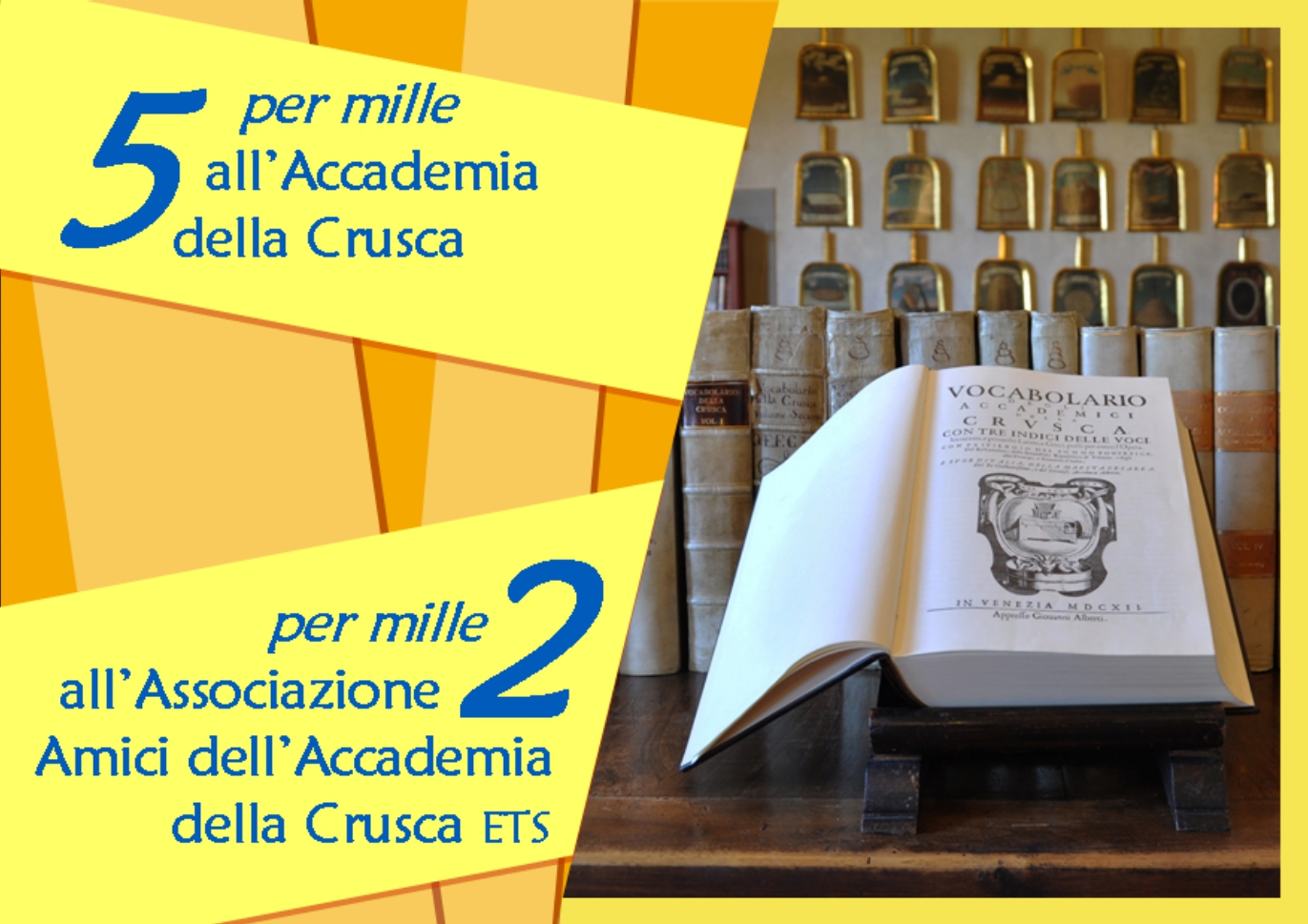Hermann Haller ricorda Giovanni Nencioni
- 29 febbraio 2012
Hermann Haller, socio corrispondente dell’Accademia, ricorda così Giovanni Nencioni in una nota in uscita sulla rivista americana «Italica».
Pubblichiamo il pezzo in anteprima sul sito web dell'Accademia della Crusca per gentile concessione dell'autore.
Giovanni Nencioni (1911-2008)
11 novembre 2008
With the death of Giovanni Nencioni Italy loses its dean of Italian linguistics, an innovative scholar, university professor, and a visionary President of the Accademia della Crusca. After completing his thesis on trial law under the direction of Piero Calamandrei at age 21, the young legal scholar began a career in the Ministry of Education in 1937. It was especially during the post-war years that Nencioni closely followed scholastic policies at a national level, while becoming at the same time increasingly involved in the study of linguistic theory, thanks in part to Vittorio Bertoldi. In one of his first works (Idealismo e realismo nella scienza del linguaggio, 1951) Nencioni engaged in a study of Croce’s relationship with linguistics.
He began teaching at the University of Bari in 1951, before his appointment to the chair of the History of Italian Grammar and of the Italian language at the University of Florence, where he introduced generations of students to the new schools of linguistics, the works of Saussure, Bally, Hjelmslev and Chomsky, without ever losing sight of his research on the great wealth of Italy’s literary language. In those same years, Nencioni became affiliated with the Accademia della Crusca, first as Socio in 1955, then as Secretary from 1964 to 1966, when he took on the supervision of the lexicographical project of the Opera del Vocabolario. After one year as its Vice President he became the Accademia’s President in 1972, succeeding Giacomo Devoto.
While continuing his academic career at the Scuola Normale Superiore in Pisa, he led the Academy with great vision and devotion for twenty-eight years. Combining rigorous scholarship with an attention to social changes taking place in Italy with their repercussions on language, Nencioni dedicated his energy to linguistic analysis and practice of the classical authors, among them Boccaccio, Machiavelli, Guicciardini, Vico, Leopardi, Verga, Manzoni, Pirandello (whose dissertation on the dialect of Girgenti he edited in an elegant volume), as well as to the historiography of artists as Alberti, Vasari, and Michelangelo, with scholarly works that will have a lasting influence.
He was a genuine innovator, writing his linguistic autobiography in which he showed how his own Florentine lexicon was not understood by merchants on a visit to Venice. His scholarship reflects an appreciation of evolving social uses of the language, as documented by the volume L’italiano in movimento, and an opposition to excessive purism. Other milestones for the history of the Italian language include his works Tra grammatica e retorica: da Dante a Pirandello (Torino, Einaudi 1983), Di scritto e di parlato: discorsi linguistici (Bologna, Zanichelli 1983), La lingua dei ‘Malavoglia’ (Napoli, Morano 1988), Saggio di lingua antica e moderna (Torino, Rosenberg & Sellier 1989), and La lingua di Manzoni (Bologna, Il Mulino 1993), among many others.
Under Nencioni’s leadership the Accademia della Crusca gained renewed vigor and prestige. Not only did he direct the Centro Studi di Grammatica and serve as editor of the journal Studi di Grammatica Italiana, he also founded the Tesoro della Lingua Italiana delle Origini (TLIO) of the Opera del Vocabolario, and he modernized lexicographical research by opening it to computer applications. Thanks to these new approaches we now have available online all of the editions of the Vocabolario della Crusca, allowing for the study of its lexicon through successive editions, a project that was completed between 2000 and 2006 (www.lessicografia.it).
Nencioni was also keenly aware of the need to internationalize the Academy beyond Florence and the national borders, by bringing into the Academy new members from Eastern Europe and other countries. He also endeavored to build ties with other institutions such as New York’s Italian Academy for Advanced Studies in America, and with national and international linguistic societies, making of the Accademia a site for scholarly exchange. To build bridges between the Academy and everyday users of the language, Nencioni founded in 1990 the journal La Crusca per voi, a forum on questions of language use and language history aimed at schools and lovers of the Italian language which he directed for ten years.
As an open-minded and mindful custodian of the Italian language Giovanni Nencioni had the gift of instilling his own passion for the Italian language in generations of students and scholars. He was eager to share his scholarship and experience with visitors among the books of his formidable library overlooking the Arno River and the Ponte della Santa Trinita. Generous with advice for the young he encouraged original research and innovative thinking. He was forward looking, with an endless curiosity for novelty, a tireless promoter of the Crusca Academy and the study of all aspects of the written and spoken language across time. He was a great “maestro” and a true humanist whose personality and teachings will live in our memory and inspire future students and scholars of the Italian language.
Hermann W. Haller
Queens College & Graduate Center
City University of New York
Attività
Protocollo di intesa Accademia della Crusca / Ufficio Scolastico Regionale della Toscana / Società Dante Alighieri
L'Accademia della Crusca e la questione del genere nella lingua
Le iniziative dell'Accademia per il 2021, anno dantesco
Agenda eventi
Evento di Crusca
Collaborazione di Crusca
Evento esterno
Avvisi
Non ci sono avvisi da mostrare.


